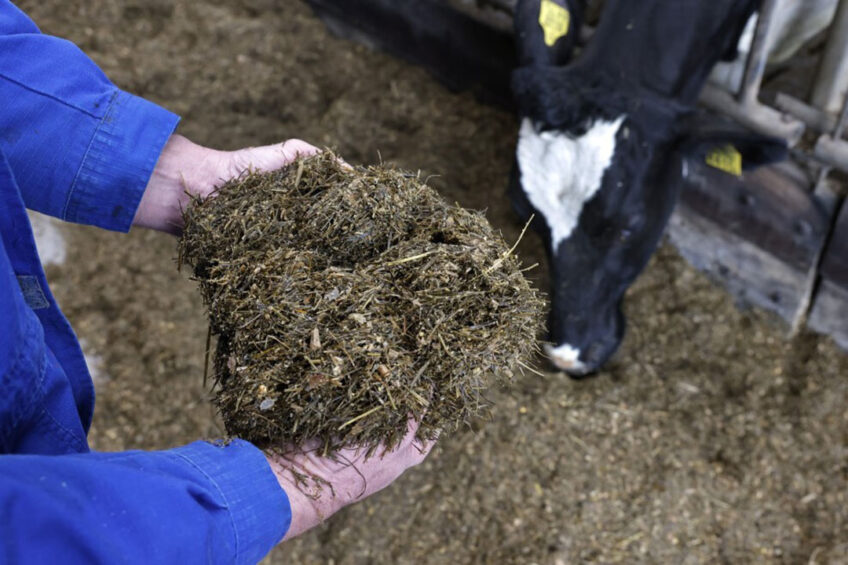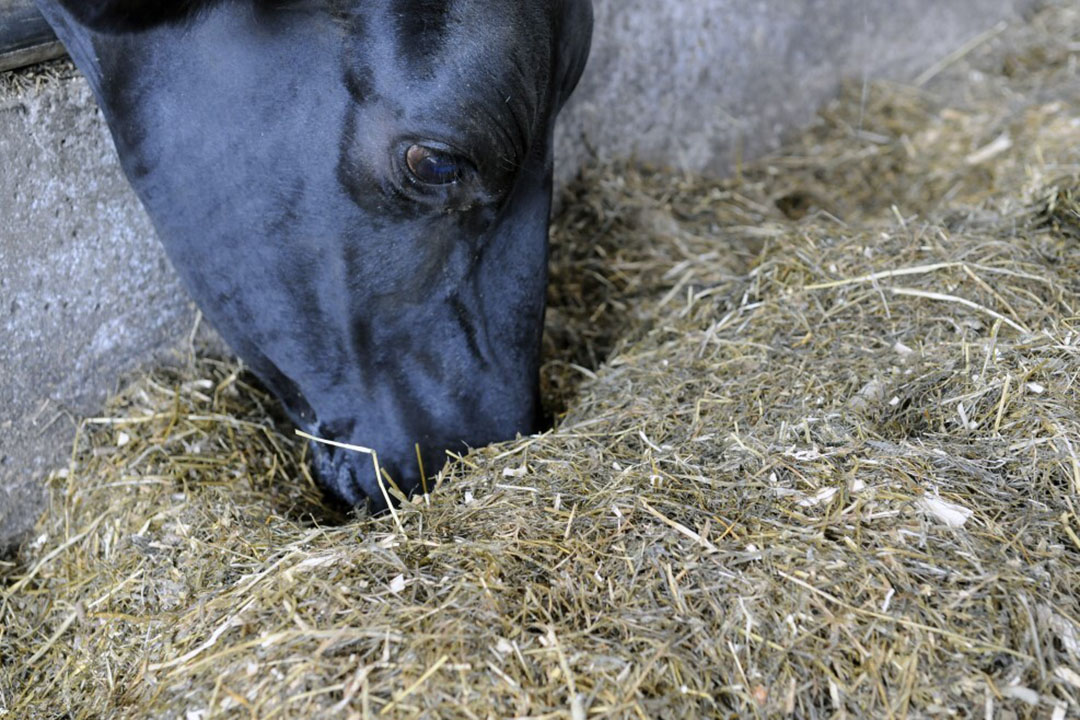Silage making: Problems and solutions

Under certain silage-making conditions, several problems may arise unless strict management measures are observed. These problems include reduced intake and nutritive value of the ensiled crop, decreased animal performance on silage-based diets, and hazards to human health associated with the silage-making process. Some of these problems, and the management strategies that can be adopted to address them, are described here.
The presence of fermentation end products – such as organic acids, ammonia and amides – may limit the intake of silage either through reduced palatability or inhibition of gastrointestinal motility. Silage pH has also been suggested as a possible factor that reduces the intake of acidic silages.
Silage intake
Physical problems such as gum injury (gingivitis) may also be associated with silage feeding and result in severe pain in the mouth and hence reduced feed intake. This problem is often noted with silage made of potatoes contaminated at harvest with soil materials (sand, dust, etc.) which, when in contact with the gum, cause gingivitis. When the crop is thoroughly washed and dried before ensilage, the gum problem is alleviated and silage intake will be normal.
Protein and energy
Proteins in normal silages are less efficiently utilised by animals than proteins in fresh crops. This is largely due to the degradation of proteins in the raw material to non-protein nitrogen (NPN) compounds through the action of plant enzymes.
Wilting of crops before ensilage is beneficial, as it reduces the rate of proteolysis. Prolonged wilting to excessively high dry matter content (> 50%) would, however, reduce protein utilisation to a greater extent. This is due to the possible occurrence of heat-damaged proteins, which are not utilised either at the intestinal level or even after absorption in a form of free amino acids.
The efficiency of utilisation of silage metabolisable energy (ME) for productive purposes is also lower than that of the parent crop. The imbalanced supply of protein and energy from silage is a key factor contributing to lower efficiency. Silage-based diets should, therefore, be well-balanced to alleviate the energy utilisation problem.
Mineral deficiency
A recent study showed evidence – obtained from clinical examination of animals and chemical analysis of the feed – of copper and cobalt deficiencies in cattle fed on grass silage. The fact that animals are fed grass silage should not imply any possible relationship between the ensilage process per se and the mineral deficiency problem. Unlike protein and energy, there are no reports available so far on microbial activities or biochemical changes involved in the destruction of minerals during silage fermentation. Rather, the mineral problem should be attributed to other factors relating to the pre-ensiled materials, including forage type, maturity state and harvest procedures.
Effects on animal health
Various digestive and metabolic problems – including diarrhoea, enteritis, loss of appetite and ketosis – have been observed with animals fed on silages undergoing aerobic deterioration or clostridia activities. Also, with silages having large amounts of NPN formed during fermentation, there is often an increased level of blood ammonia in animals, which adversely affects the acid–base balance in their bodies. This is particularly true in animals that have viral or parasitic problems in their liver, which make them unable to dispose of the surplus ammonia from the body through the process of catabolism. In these cases, such poorly preserved silages should preferably be withdrawn from the feeding programs, or at least be fed in very restricted amounts.

Milk production
The large amounts of alcohol produced during silage fermentation, particularly in the direct-cut silages, may have negative effects on milk taste and flavor. These alcohols are transferred to the milk system after being absorbed from the gastrointestinal tract and/or inhaled through the respiratory system during feeding. Therefore, the direct-cut silages should be fed at least 2–4 hours before milking, to allow for a complete withdrawal of the alcohol from the blood via both the digestive and respiratory systems. Also, adequate ventilation should be provided in the barn to eliminate much of the alcohol present in the silage.
Human safety
Numerous gases, including nitric oxide, are produced during the first two to three weeks of the harvesting, filling and ensiling periods. Nitric oxide changes to nitrogen dioxide when it contacts oxygen in the air. When inhaled, NO2 dissolves in the moisture on the internal lung surfaces to form nitric acid. This strong acid burns the pulmonary membrane tissue, effectively stopping the supply of oxygen to the body, and can thus produce sudden death. Prevention includes adequate ventilation and proper respiratory protection. Individuals who survive acute exposures should be closely followed up by their physicians.
Silage effluent produced from crops with low dry matter content can also represent serious human health hazards due to contamination of water sources with this effluent. It was found that the effluent from just 300 tonnes of silage has the same polluting potential as the daily sewage produced in one day by a town with a population of 80,000, or in 27 years by a farmhouse with eight occupants.
Tips for alleviating effluent-related problems:
- Harvest at a moisture level of around 65–75%;
- Use mineral acids and enzyme treatments of the pre-ensiled material to help reduce the production of effluent due to their effect on preventing plant cell leakage;
- Use absorbents such as straw bales, beet pulp and/or chopped barley straw to serve as an effective means of reducing problems with effluent. In one study, the amount of effluent was reduced from 50 kg to 26 kg per tonne as a result of using the absorbents;
- Collect the effluent in well-designed tanks with a proper piping system and use the collected effluent as fertiliser or feed material for ruminants.
References are available from the author upon request.






